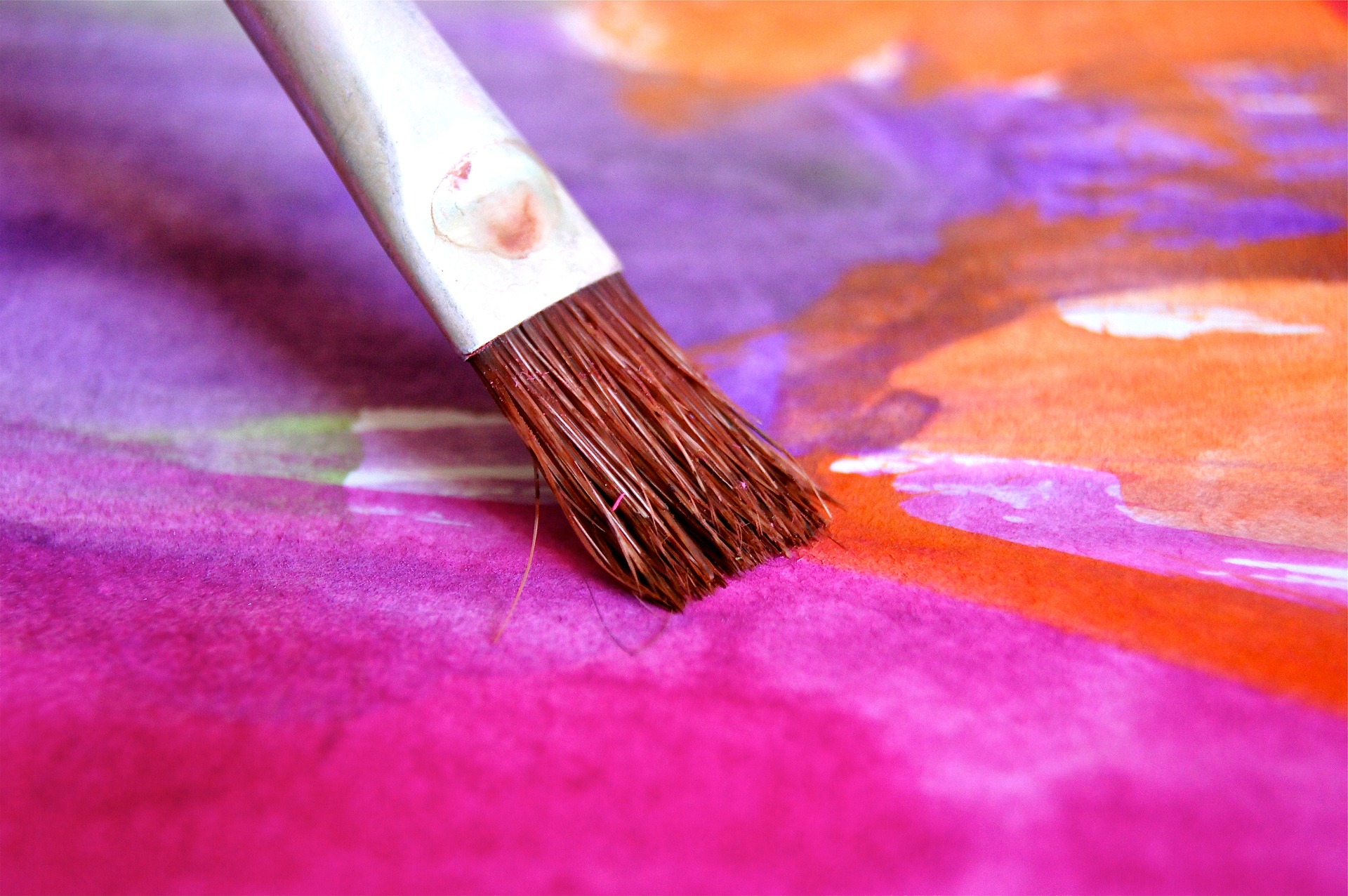Good Artists Make Good Art

Good artists make good art.
Good art commands people's attention.
People's attention acts as a multiplier for making things happen.
If you want your art to have an audience, it's more effective to plaster it on telephone poles downtown than to showcase it at an exhibit no one will ever visit.
If you want your art to echo in people's minds, it's more effective to make sure it's memorable than to make sure it's flawless.
If you want your art to be a source of income, it's more effective to create many art objects, along with many opportunities to receive money, than to focus all of your efforts on one art object.
But it starts with good art.
Good art is recognized as such by the beholder. It is experienced in phases. First, the broad strokes. Then, the more subtle embellishments make themselves known. Good art commands the artist's sincerest efforts. It beckons the artist to bring it into existence.
Good art dances at the boundary of the familiar and the unknown. It expands the imagination and it offers emotional immolation. Sometimes it rhymes. But it always affects the beholder. It is actively experienced.
Good art knows itself well. It is cohesive from all angles. Every part enhances every other part. It draws from a wide swath of inspiration and it adds something new to the conversation. It is made on purpose and it leaves an impact.